In a world where sustainability and ethical shopping are becoming increasingly important, the demand for faux leather products, including fake leather sandals, has been on the rise. As consumers become more conscious of the environmental impact of their purchases, the popularity of fake leather sandals as a cruelty-free alternative to real leather has soared. But what exactly are fake leather sandals, and how do they compare to the real deal? In this comprehensive guide, we will delve into the world of fake leather sandals, exploring their materials, construction, benefits, and drawbacks. ### What Are Fake Leather Sandals? Fake leather sandals, also known as vegan leather sandals, are footwear made from synthetic materials that mimic the look and feel of real leather. These materials can include polyurethane (PU), polyvinyl chloride (PVC), microfiber, and other plastics. Fake leather is designed to replicate the texture, appearance, and durability of real leather without using animal products, making it a popular choice for environmentally conscious consumers and animal lovers.
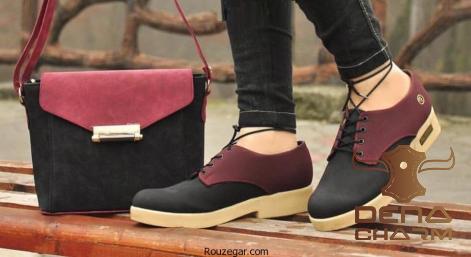
.
 ### The Materials Used in Fake Leather Sandals 1. **Polyurethane (PU)**: One of the most common materials used in fake leather sandals, PU is a versatile synthetic material that closely resembles real leather. It is durable, water-resistant, and easy to clean, making it a popular choice for footwear. 2. **Polyvinyl Chloride (PVC)**: PVC is another synthetic material commonly used in the production of fake leather sandals. While it is less expensive than PU, PVC is not as durable or environmentally friendly. It is often used in lower-cost sandals and shoes. 3. **Microfiber**: Microfiber is a synthetic material made from finely woven fibers that are softer and more breathable than traditional leather. It is lightweight, flexible, and easy to care for, making it a popular choice for fake leather sandals. ### Construction of Fake Leather Sandals Fake leather sandals are typically constructed using similar methods to real leather sandals. They may feature straps, buckles, and other embellishments made from fake leather, as well as synthetic soles. The sandals are often designed to be comfortable, stylish, and versatile, making them a popular choice for everyday wear.
### The Materials Used in Fake Leather Sandals 1. **Polyurethane (PU)**: One of the most common materials used in fake leather sandals, PU is a versatile synthetic material that closely resembles real leather. It is durable, water-resistant, and easy to clean, making it a popular choice for footwear. 2. **Polyvinyl Chloride (PVC)**: PVC is another synthetic material commonly used in the production of fake leather sandals. While it is less expensive than PU, PVC is not as durable or environmentally friendly. It is often used in lower-cost sandals and shoes. 3. **Microfiber**: Microfiber is a synthetic material made from finely woven fibers that are softer and more breathable than traditional leather. It is lightweight, flexible, and easy to care for, making it a popular choice for fake leather sandals. ### Construction of Fake Leather Sandals Fake leather sandals are typically constructed using similar methods to real leather sandals. They may feature straps, buckles, and other embellishments made from fake leather, as well as synthetic soles. The sandals are often designed to be comfortable, stylish, and versatile, making them a popular choice for everyday wear.
..
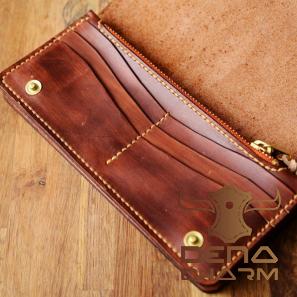 ### Benefits of Fake Leather Sandals 1. **Cruelty-Free**: Fake leather sandals offer a cruelty-free alternative to real leather, making them a popular choice for vegans and animal lovers. 2. **Environmentally Friendly**: By opting for fake leather sandals, consumers can reduce the demand for real leather, which has a significant environmental impact. Fake leather production requires fewer resources and does not involve the use of animal hides. 3. **Affordability**: Fake leather sandals are often more affordable than real leather sandals, making them a budget-friendly option for consumers. 4. **Durability**: High-quality fake leather sandals can be just as durable as real leather sandals, offering long-lasting wear and tear resistance. 5. **Variety**: Fake leather sandals come in a wide range of styles, colors, and designs, giving consumers plenty of options to choose from. ### Drawbacks of Fake Leather Sandals 1. **Less Breathable**: Fake leather sandals may be less breathable than real leather sandals, leading to potential discomfort in hot weather. 2. **Less Biodegradable**: While some fake leather materials are recyclable, they are generally not as biodegradable as real leather. 3. **Potential for Cracking or Peeling**: Lower-quality fake leather sandals may be prone to cracking or peeling over time, reducing their longevity. 4. **Less Prestige**: Some consumers may still prefer the look and feel of real leather, considering it a more prestigious material. ### How to Care for Fake Leather Sandals To ensure the longevity of your fake leather sandals, it is essential to care for them properly. Here are some tips for maintaining your fake leather footwear: 1. **Clean Regularly**: Wipe your fake leather sandals with a damp cloth to remove dirt and debris. Avoid using harsh chemicals that can damage the material. 2. **Store Properly**: Keep your fake leather sandals in a cool, dry place away from direct sunlight to prevent fading and cracking. 3. **Use a Protectant**: Consider using a leather protectant spray or cream to help repel water and prevent stains on your fake leather sandals.
### Benefits of Fake Leather Sandals 1. **Cruelty-Free**: Fake leather sandals offer a cruelty-free alternative to real leather, making them a popular choice for vegans and animal lovers. 2. **Environmentally Friendly**: By opting for fake leather sandals, consumers can reduce the demand for real leather, which has a significant environmental impact. Fake leather production requires fewer resources and does not involve the use of animal hides. 3. **Affordability**: Fake leather sandals are often more affordable than real leather sandals, making them a budget-friendly option for consumers. 4. **Durability**: High-quality fake leather sandals can be just as durable as real leather sandals, offering long-lasting wear and tear resistance. 5. **Variety**: Fake leather sandals come in a wide range of styles, colors, and designs, giving consumers plenty of options to choose from. ### Drawbacks of Fake Leather Sandals 1. **Less Breathable**: Fake leather sandals may be less breathable than real leather sandals, leading to potential discomfort in hot weather. 2. **Less Biodegradable**: While some fake leather materials are recyclable, they are generally not as biodegradable as real leather. 3. **Potential for Cracking or Peeling**: Lower-quality fake leather sandals may be prone to cracking or peeling over time, reducing their longevity. 4. **Less Prestige**: Some consumers may still prefer the look and feel of real leather, considering it a more prestigious material. ### How to Care for Fake Leather Sandals To ensure the longevity of your fake leather sandals, it is essential to care for them properly. Here are some tips for maintaining your fake leather footwear: 1. **Clean Regularly**: Wipe your fake leather sandals with a damp cloth to remove dirt and debris. Avoid using harsh chemicals that can damage the material. 2. **Store Properly**: Keep your fake leather sandals in a cool, dry place away from direct sunlight to prevent fading and cracking. 3. **Use a Protectant**: Consider using a leather protectant spray or cream to help repel water and prevent stains on your fake leather sandals.
…
 4. **Avoid Excessive Heat**: Fake leather sandals can warp or melt if exposed to high temperatures, so avoid leaving them near heaters or in hot cars. 5. **Rotate Shoes**: Rotate your fake leather sandals with other pairs to allow them to air out and prevent excessive wear. ### Conclusion Fake leather sandals offer a cruelty-free, environmentally friendly, and stylish alternative to real leather footwear. While they may have some drawbacks compared to genuine leather, such as breathability and biodegradability, fake leather sandals are a practical and affordable option for conscientious consumers. By understanding the materials, construction, benefits, and drawbacks of fake leather sandals, you can make an informed decision when choosing your next pair of footwear. So go ahead, step out in style with a pair of fake leather sandals that look good and feel good too. 6. **Seek Quality**: Invest in high-quality fake leather sandals to ensure they are more durable and resistant to peeling or cracking. 7. **Avoid Excessive Moisture**: Fake leather sandals can be damaged by excessive moisture, so avoid wearing them in rainy conditions or near water. 8. **Repair Promptly**: If you notice any signs of damage or wear on your fake leather sandals, address them promptly to prevent further deterioration. 9. **Consult Manufacturer Guidelines**: Follow any care instructions provided by the manufacturer to ensure you are properly caring for your fake leather sandals. 10. **Consider Sustainability**: Look for brands that prioritize sustainability in their production processes and use eco-friendly materials in their fake leather sandals.
4. **Avoid Excessive Heat**: Fake leather sandals can warp or melt if exposed to high temperatures, so avoid leaving them near heaters or in hot cars. 5. **Rotate Shoes**: Rotate your fake leather sandals with other pairs to allow them to air out and prevent excessive wear. ### Conclusion Fake leather sandals offer a cruelty-free, environmentally friendly, and stylish alternative to real leather footwear. While they may have some drawbacks compared to genuine leather, such as breathability and biodegradability, fake leather sandals are a practical and affordable option for conscientious consumers. By understanding the materials, construction, benefits, and drawbacks of fake leather sandals, you can make an informed decision when choosing your next pair of footwear. So go ahead, step out in style with a pair of fake leather sandals that look good and feel good too. 6. **Seek Quality**: Invest in high-quality fake leather sandals to ensure they are more durable and resistant to peeling or cracking. 7. **Avoid Excessive Moisture**: Fake leather sandals can be damaged by excessive moisture, so avoid wearing them in rainy conditions or near water. 8. **Repair Promptly**: If you notice any signs of damage or wear on your fake leather sandals, address them promptly to prevent further deterioration. 9. **Consult Manufacturer Guidelines**: Follow any care instructions provided by the manufacturer to ensure you are properly caring for your fake leather sandals. 10. **Consider Sustainability**: Look for brands that prioritize sustainability in their production processes and use eco-friendly materials in their fake leather sandals.

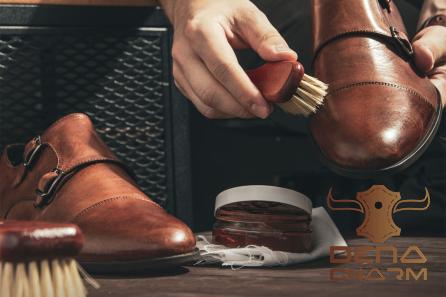
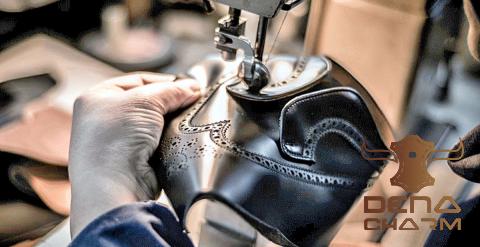
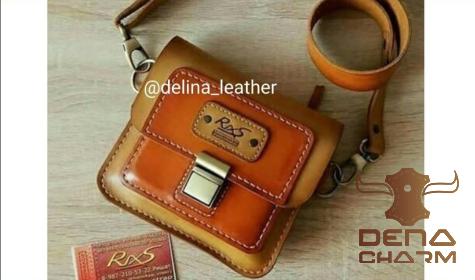

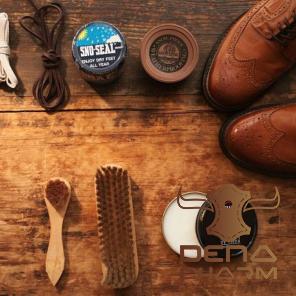
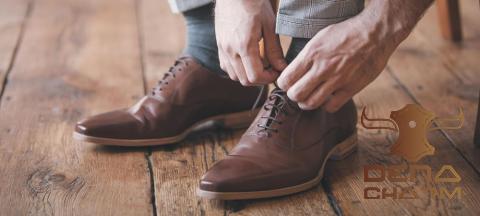
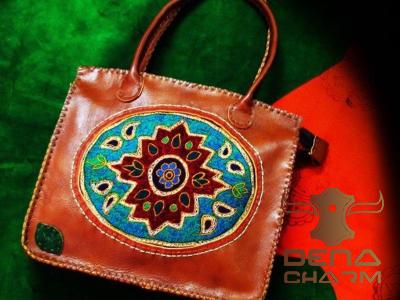

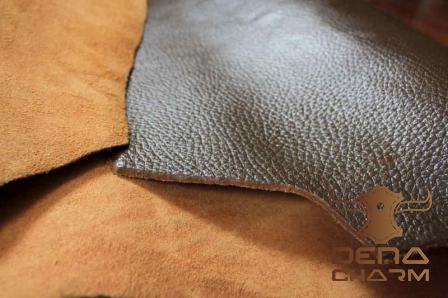
Your comment submitted.